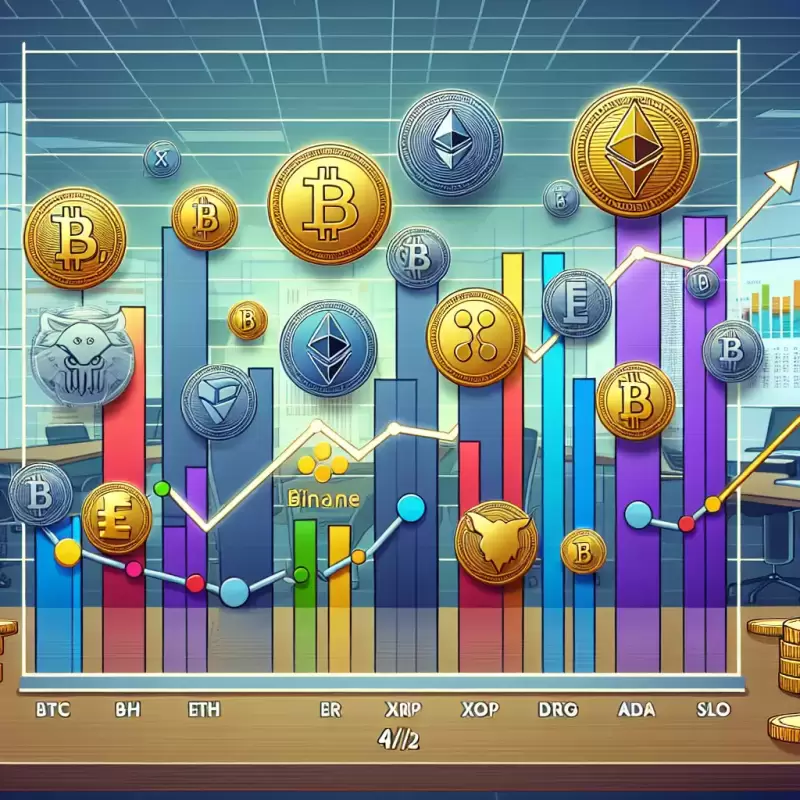 |
|
 |
|
 |
|
 |
|
 |
|
 |
|
 |
|
 |
|
 |
|
 |
|
 |
|
 |
|
 |
|
 |
|
 |
|
Cryptocurrency News Articles
Exceptional $100,000+ Copper Lincoln Cent: A Numismatic Marvel
Mar 30, 2024 at 11:41 am
A production error at the U.S. Mint has resulted in a 1943 Copper Lincoln Cent being valued at over $100,000. Only 15 of these pennies were produced, as copper shortages during World War II led to most coins being made of steel coated in zinc. The 1943 bronze cents have become valuable collectors' items, with one sold for over $1 million in 2018. Other errors, such as the 1944 Steel Lincoln Cent and 1974-D Aluminum Lincoln Cent, have also made coins extremely valuable due to their rarity and mistakes made during production.

Exceptional Numismatic Discovery: Rare 1943 Copper Lincoln Cent Valued at Over $100,000
In the annals of numismatics, the revered 1943 Copper Lincoln Cent stands apart as an extraordinary specimen, boasting an estimated value that far exceeds its humble face value of one cent. This exceptional piece bears witness to an inadvertent error during production at the United States Mint, transforming it from a commonplace coin into a highly sought-after collector's item.
Genesis of the Blunder
During the crucible of World War II, the nation faced an acute shortage of copper, prompting the U.S. Mint to alter the composition of its pennies. In 1943, a significant portion of the Lincoln Cents were struck using steel coated with zinc. However, in a colossal oversight, approximately 15 of the billion pennies produced were erroneously minted with copper.
Rarity and Value
Today, these anomalous 1943 bronze cents are the epitome of rarity, commanding prices that soar beyond six figures. The sheer scarcity of these coins, coupled with their unique historical significance, has elevated their status to that of numismatic marvels. In 2018, one such coin commanded an astonishing sale price of over $1 million, according to Coin Update.
Grading and Recognition
The prized penny, scrutinized by the esteemed Professional Coin Grading Service (PCGS), received the exceptional grade of Mint State 63 (MS63) Red. This "Red" designation signifies the coin's remarkable preservation, retaining its lustrous patina despite the passage of time. PCGS acknowledged this specimen as the finest-known 1943 bronze penny extant.
1944 Steel Lincoln Cent: Another Composition Blunder
The following year, the U.S. Mint resumed production of copper pennies. However, another compositional misstep occurred, resulting in a small number of pennies mistakenly minted on zinc-coated steel planchets. These accidental coins, destined for copper, remained undetected and circulated widely.
Elusive Die Break: Rarity and Value
What is a die break, and why do these defects confer such rarity and value? A die break, colloquially known as a "cud," is an anomaly that occurs when a die used to strike coins suffers a missing piece near its rim. This flaw permits metal from the coin's blank, known as the planchet, to flow into the void left by the missing portion of the die.
The stringent quality control measures implemented by the U.S. Mint render coins with such deformities exceptional. When these errors do arise, they are typically detected and discarded. However, those that evade detection become highly coveted collector's items, fetching substantial premiums.
1974-D Aluminum Lincoln Cent: Experimental Mistake
In the 1970s, the U.S. Mint embarked on experiments with alternative materials for coin production. While copper-plated zinc was ultimately selected, a number of rejected coins remained in circulation. Among these experimental compositions was an aluminum alloy.
Despite efforts to destroy most of these rejected coins, a small quantity escaped from the Philadelphia Mint in 1974. To date, only two specimens are known to exist. In 2016, one of these coins was confiscated as government property. Should the other coin surface, it is estimated to fetch a six-figure sum at auction.
Conclusion
The 1943 Copper Lincoln Cent, 1944 Steel Lincoln Cent, and 1974-D Aluminum Lincoln Cent stand as exceptional numismatic treasures, their value borne from a combination of rarity, historical significance, and the allure of the unknown. These coins serve as a testament to the intricate interplay between human error and the inexorable march of time, leaving an enduring legacy for collectors and enthusiasts alike.
Disclaimer:info@kdj.com
The information provided is not trading advice. kdj.com does not assume any responsibility for any investments made based on the information provided in this article. Cryptocurrencies are highly volatile and it is highly recommended that you invest with caution after thorough research!
If you believe that the content used on this website infringes your copyright, please contact us immediately (info@kdj.com) and we will delete it promptly.
-

-

- “Silver will slingshot to all-time new highs”—Rich Dad Poor Dad author Robert Kiyosaki says silver is currently more valuable than gold or bitcoin.
- Apr 03, 2025 at 11:45 am
- Robert Kiyosaki, author of the best-selling book Rich Dad Poor Dad, has weighed in with a strong endorsement for silver, calling it the hottest investment of today.
-

-

- XRP Price Prediction: Will the Current Trading Environment for XRP Reflect Consolidation Within a Cautious Downtrend?
- Apr 03, 2025 at 11:40 am
- The current trading environment for XRP reflects consolidation within a cautious downtrend, with prices anchored at $2.12 to $2.135 amid a 24-hour trading range of $2.07 to $2.19
-

-

-

-

-






























































